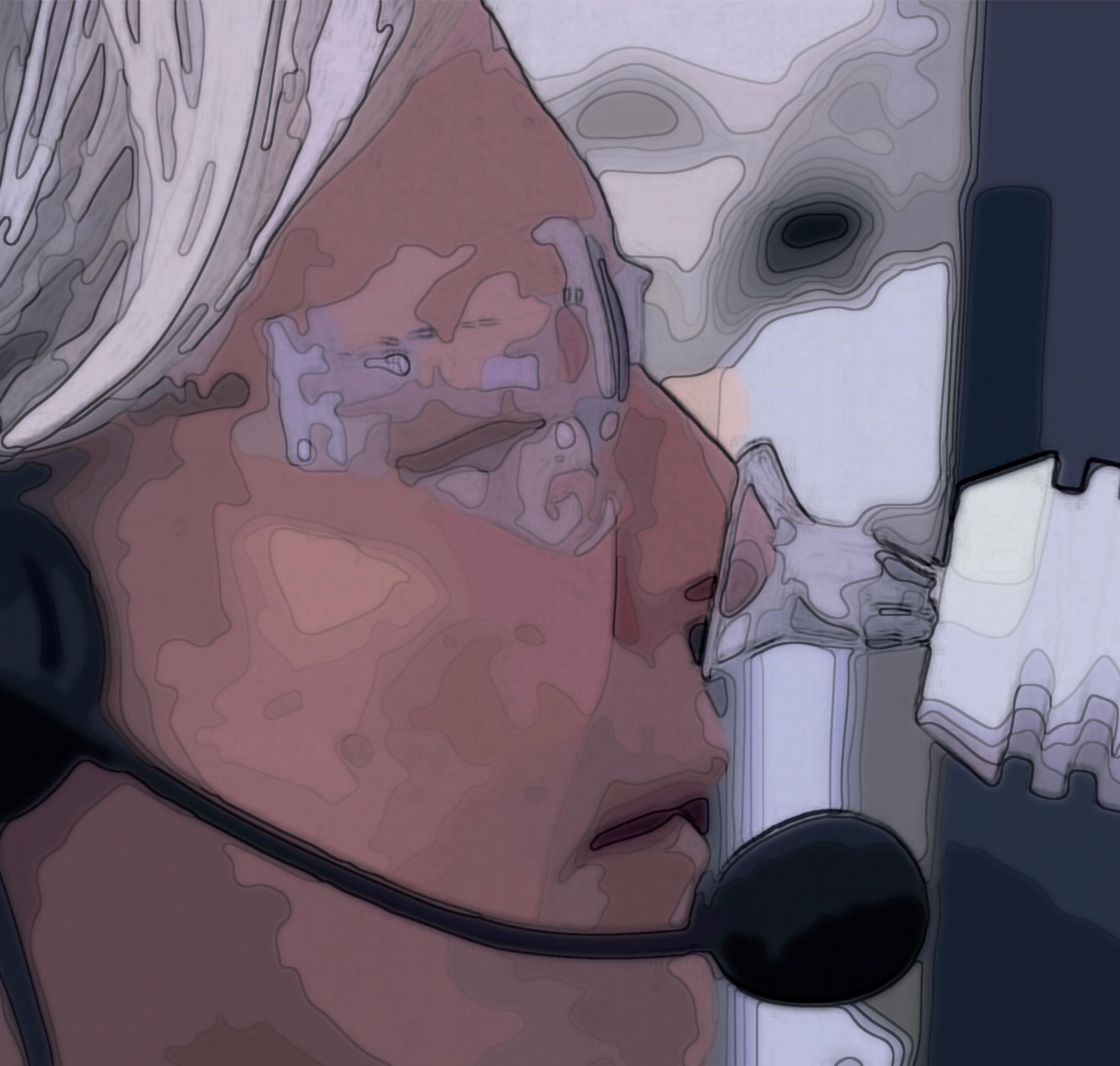
3 minute read
A Glimpse into Cyberpunk 2077
High-tech, Low-life
by Sergio Segovia
Advertisement
Announced in 2012 by the Polish developer CD Projekt, a dedicated team of around 500 people have worked to complete the game. The company’s history is fascinating in and of itself: at a time when Poland was still under the influence of the Soviet Union, one of company’s founders, Marcin Iwiński, sold cracked copies of videogames in high school. He met Michał Kiciński, who likewise sold video games, and eventually they became business partners — a true embodiment of the cyberpunk attitude. During the early nineties they founded the “CD Projekt” company, with the mission of localizing western games into their local language. In the early 2000’s they decided to develop their first original game and secured the rights to “The Witcher” book series. The games they developed under The Witcher banner became a massive success with a cult following around the globe. In 2008, the company created the online videogame distribution service Good Old Games (GOG), whose mission is to preserve classic games and recover old code for conversion and optimization on modern platforms — and to the delight of customers, the service is entirely free of digital rights management fees.
And what better project to follow up on the success of The Witcher (now also a highly successful Netflix series, thanks in no small part to the video game adaptation) than Cyberpunk 2077?
This game is a follow-up/adaptation of the 1988 tabletop role-playing game Cyberpunk and its sequels (Cyberpunk 2020, Cybergeneration, Cyberpunk 203X, and Cyberpunk Red), which originally attempted to replicate the gritty realism of the Cyberpunk genre, primarily taking cues from the novels of William Gibson and Walter Jon Williams.
The Cyberpunk genre usually tackles dystopian futuristic settings with a combination of “low-life and high-tech” There are amazing medical advancements that serve both the strictly medical purpose of replacing organs and limbs, along with enhancing human functions and responding to

aesthetical desires: artificial intelligences that blur the line between human and machine, and give rise to a host of associated ethical implications.
In this game, the player will play as the character “V” and will have the option of customizing the character as they see fit. They cannot choose the character’s gender (there is no binary gender choice), only its looks and a feminine- or masculine-sounding voice. There will be a wide variety of skin tones, tattoos, and hairstyles. Romantic encounters (long-lasting or short-term) will be a possibility; it was also revealed that many of the characters are bisexual and, as such, open to a complete spectrum of relationships with other characters.
Another interesting detail is the inclusion of the highly charismatic Keanu Reeves as Johnny Silverhand, a non-playable character who interacts with the player. This would seem to hit all the right notes, since Reeves has a lot of cyberpunk-genre films under his belt.
According to Philipp Webber, one of the developers, “In 2077, body modification is fashion and it’s a part of everyday life.” Modifications are so completely normal in this future that Weber states that “not having enhanced cyberware, [is like] not having a smartphone nowadays.”
One of the most important themes in the cyberpunk genre is transhumanism, or the belief that humanity can transcend its current mental and physical form with the help of technology. The game’s developers have made it quite clear that this is exactly what they have in mind for this game, and somehow all the possibilities shown in this world seem neither very farfetched or too sci-fi: at this point, it may be just a matter of time until they become our new normal.












